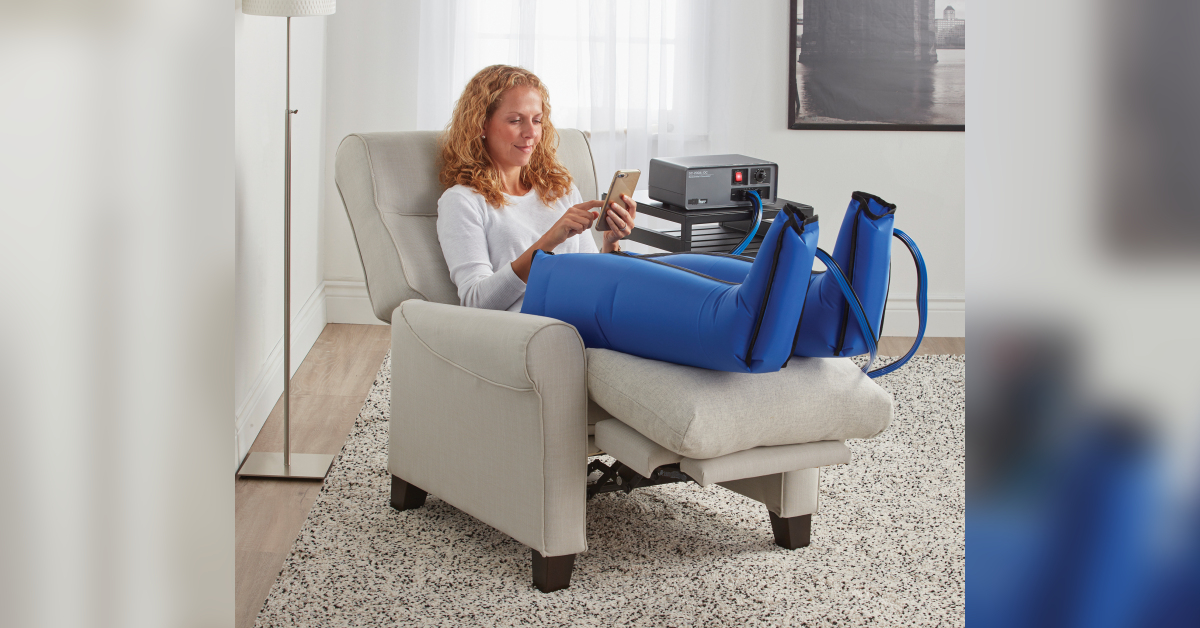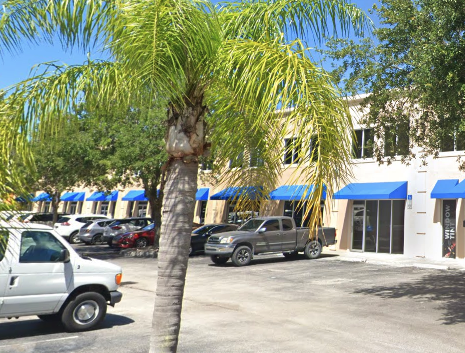For 31 years, Carol* served Americans as an employee of the federal government. Her position was within the Social Security Administration, where the bulk of her tenure was spent with the agency’s Supplemental Security Income division.
“SSI is actually a welfare-type program,” Carol elaborates. “It allots financial aid based on disability and need. I really loved my job, but I retired in 2004 and moved from New York to Florida. I really love it here, but for years now, my legs have been a mess. “I had to have a knee replaced in one of them, and in both legs I have terrible swelling and discoloration. I hate the way my legs look and the way they bother me all the time. But thankfully, the pain is not extreme.” In an effort to learn the cause of her discomfort, Carol visited several physicians who explained that she had lymphedema, or excess fluid in the lymph system, and venous insufficiency, which is improper functioning of the valves in leg veins. “Following the diagnosis, a friend of mine from Delray Beach recommended a vascular doctor for my veins,” Carol says. “He performed several procedures on my legs, but the swelling continued, so he recommended Acute Wound Care.”
Beyond Standard
Acute Wound Care is a fully accredited home medical equipment provider specializing in hospital-grade compression devices and specialty wound-care dressings. The compression pumps are designed to remove fluid that has accumulated in a patient’s legs or arms and are approved by most insurers. “The pump’s limb-sized sleeves gently massage the limb, draining any excess fluid back into the body’s circulatory system so it can be naturally eliminated,” describes Alyssa Parker, certified compression therapist with Acute Wound Care. “This alleviates swelling and many painful symptoms. “The pumps are highly effective and noninvasive, and for the legs, they are much easier to use than compression stockings. Patients generally use the pump twice a day for 45 minutes, usually in the morning and evening. While using the pump, patients simply sit back with their limbs raised to further assist with decreasing swelling.” The sleeves of the compression pump contain multiple chambers. During treatment, each chamber fills with air. Then, each chamber releases, and the pattern repeats in a rhythmic fashion, forcing any excess fluid out of the limbs.
“The pump boosts circulation by contracting the leg muscles, assisting blood flow back toward the heart,” Alyssa remarks. “Results are often apparent immediately. Many patients see a noticeable difference in the swelling and the size of their limbs after their first 45-minute pumping session.” The compression pumps can also be used for patients with chronic wounds and non-healing ulcers, which can occur in people with venous insufficiency. The pumps assist in the wound-healing process by circulating the healing factors in the blood. “For patients who have open wounds, the pumps can still be used as long as the wounds are covered,” Alyssa explains.
“Noticeable Difference”
As soon as Acute Wound Care received Carol’s prescription, a compression therapist contacted her to answer any questions. The therapist later delivered the device, set it up and explained how to use and care for it. “The therapist who came to my home was knowledgeable, pleasant and efficient,” Carol says. “She was very helpful in showing me how to use the pump, which I use twice a day, in the morning and in the evening for an hour each time. “Since I started using the pump, the swelling has definitely gone down. I recommend Acute Wound Care and their compression pumps to anyone with swollen legs. They are very good and helpful.”
*Patient’s name withheld at her request.






Leave a Reply